Enhance Your Fitness Routine With Yoga Mat Exercises: A Comprehensive Guide
Introduction:
Yoga mat exercises are a versatile and effective way to improve strength, flexibility, and balance from the comfort of your home. In this comprehensive guide, we’ll go over the fundamentals of yoga mat activities, from important features and specifications to frequently asked questions, to help you begin a healthier and more active lifestyle
Key Features:
Adaptability:
Yoga mat activities can focus on an extensive variety of muscle gatherings and wellness targets, including center strength, adaptability, and cardiovascular perseverance.
Availability:
Yoga mat exercises require just a yoga mat and a space to work on. Making them open to individuals with changing wellness levels and foundations.
Convenience:
Yoga mat exercises may be done anywhere, at any time, Making them excellent for people who have hectic schedules or travel frequently.
Low Impact:
Many yoga mat techniques are low-impact, which lowers the risk of injury while still offering good exercise.
The Mind-Body Connection:
Mindfulness and breathing exercises are regularly practiced on the yoga mat to promote relaxation and stress reduction.
Specifications :
Equipment:
The most important piece of equipment for yoga mat activities is a high-quality yoga mat that cushions and supports various poses and motions.
Term:
Yoga mat activities can go from fast 10-minute meetings to longer. More extreme exercises, contingent upon your wellness objectives and, accessible time.
Force:
Adjusting stances, expanding redundancies, and including supports, for example, blocks or lashes can all add to the power of yoga mat exercises.
Variety:
There are a number of yoga mat activities to choose from, such as sun salutations, warrior postures, balance exercises, and core strengtheners, so your workout routine will never be monotonous.
Progression:
As you become more familiar with yoga mat exercises, you can gradually increase the difficulty by introducing more challenging postures or sequences, allowing for ongoing improvement and growth.
5 best yoga mat exercises
1. Mountain posture (tadasana):
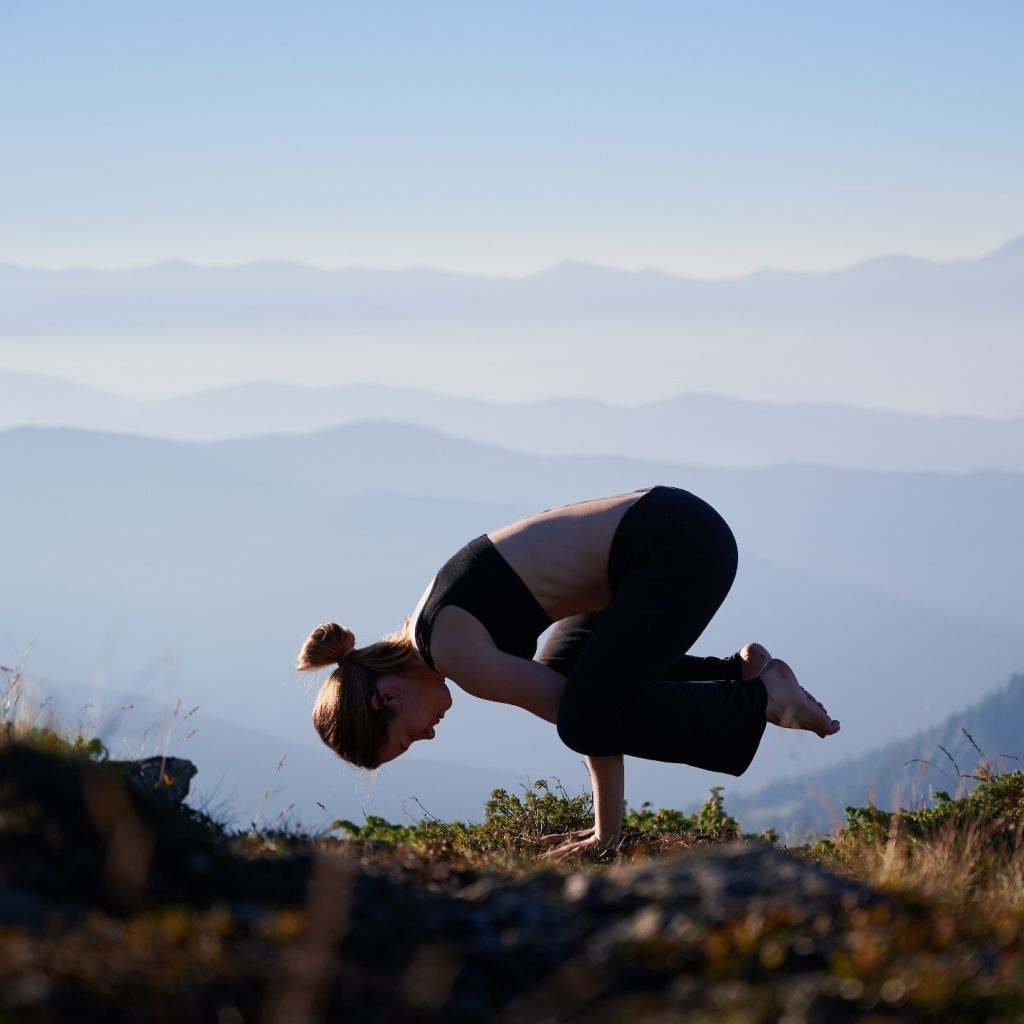
Stand tall with your feet hip-width separated and solidly established on every one of the four corners. Flex your thighs, hoist your chest, and roll your shoulders back. Place your palms together before your heart and press hard. Hold for a couple of breaths, feeling as strong and secure as a mountain.
2. The descending confronting canine position (Adho Mukha Svanasana)
Start on all fours, wrists underneath shoulders, knees beneath hips. Spread your fingers and fold your toes under. Exhale as you raise your hips up and back, straightening your arms and legs into an inverted V stance. Push your heels down and lengthen your spine. Hold for several breaths, feeling a deep stretch in your hamstrings and calves.
3. Warriors 2 (virabhadrasana II):
Start standing at the top of your mat. Step your left foot back and out slightly, ensuring that your left heel is aligned with the right arch. Bend your right knee to a 90-degree angle and keep it directly above your ankle. Extend your arms to the sides, parallel to the ground, palms facing downward. Take several deep breaths while gazing at your right fingertips, feeling powerful and grounded in your warrior posture. Repeat on the opposite side.
4. The tree pose (Vrksasana):
Begin standing with your feet hip width apart. Transfer your weight to your left foot and lift your right foot off the ground. Place the sole of your right foot on the inner left thigh or calf, avoiding the knee joint. Press your foot into your leg and your leg back into your foot to create stability. Bring your hands together in front of your heart or extend them overhead like branches. Find a focal point to help you balance and hold for several breaths before switching sides.
5. Bridge Pose (Setu Bandhasana):
Lie on your back with your knees bent and feet hip-width apart, flat on the mat. Place your arms alongside your body with your palms facing down. Press into your feet and lift your hips towards the ceiling, engaging your glutes and core. Keep your knees in line with your ankles and avoid letting them splay outwards. Hold for several breaths, lifting your chest towards your chin and lengthening through your spine. Release by slowly lowering your hips back down to the mat.
These five yoga mat exercises offer a well-rounded practice that targets strength, flexibility, balance, and relaxation. Practice them regularly to reap the full benefits

Conclusion:
Incorporating yoga mat exercises into your fitness routine can offer numerous physical and mental benefits, from increased flexibility and strength to reduced stress and improved relaxation. Whether you’re a beginner or an experienced yogi, there’s something for everyone to enjoy and explore on the yoga mat. So roll out your mat, take a deep breath, and let the journey to health and wellness begin!
FAQs:
1. Are yoga mat exercises suitable for beginners?
Yes, yoga mat exercises can be modified to accommodate beginners by offering variations and providing options for different fitness levels.
2. Do I need prior yoga experience to do yoga mat exercises?
No, prior yoga experience is not required. Yoga mat exercises can be adapted to suit individuals of all experience levels, from beginners to advanced practitioners.
3. Can yoga mat exercises help with weight loss?
Yes, yoga mat exercises can contribute to weight loss by increasing calorie burn, improving muscle tone, and promoting overall fitness and well-being.
4. How often should I do yoga mat exercises?
The frequency of yoga mat exercises depends on your fitness goals and schedule. Aim for at least 2-3 sessions per week to see noticeable improvements in strength, flexibility, and endurance.
5. Are yoga mat exercises safe during pregnancy?
In most cases, yoga mat exercises are safe during pregnancy when performed under the guidance of a qualified instructor and modified to avoid poses that may strain the abdomen or put pressure on the uterus.





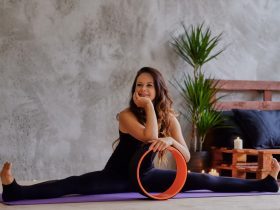
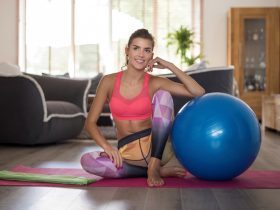
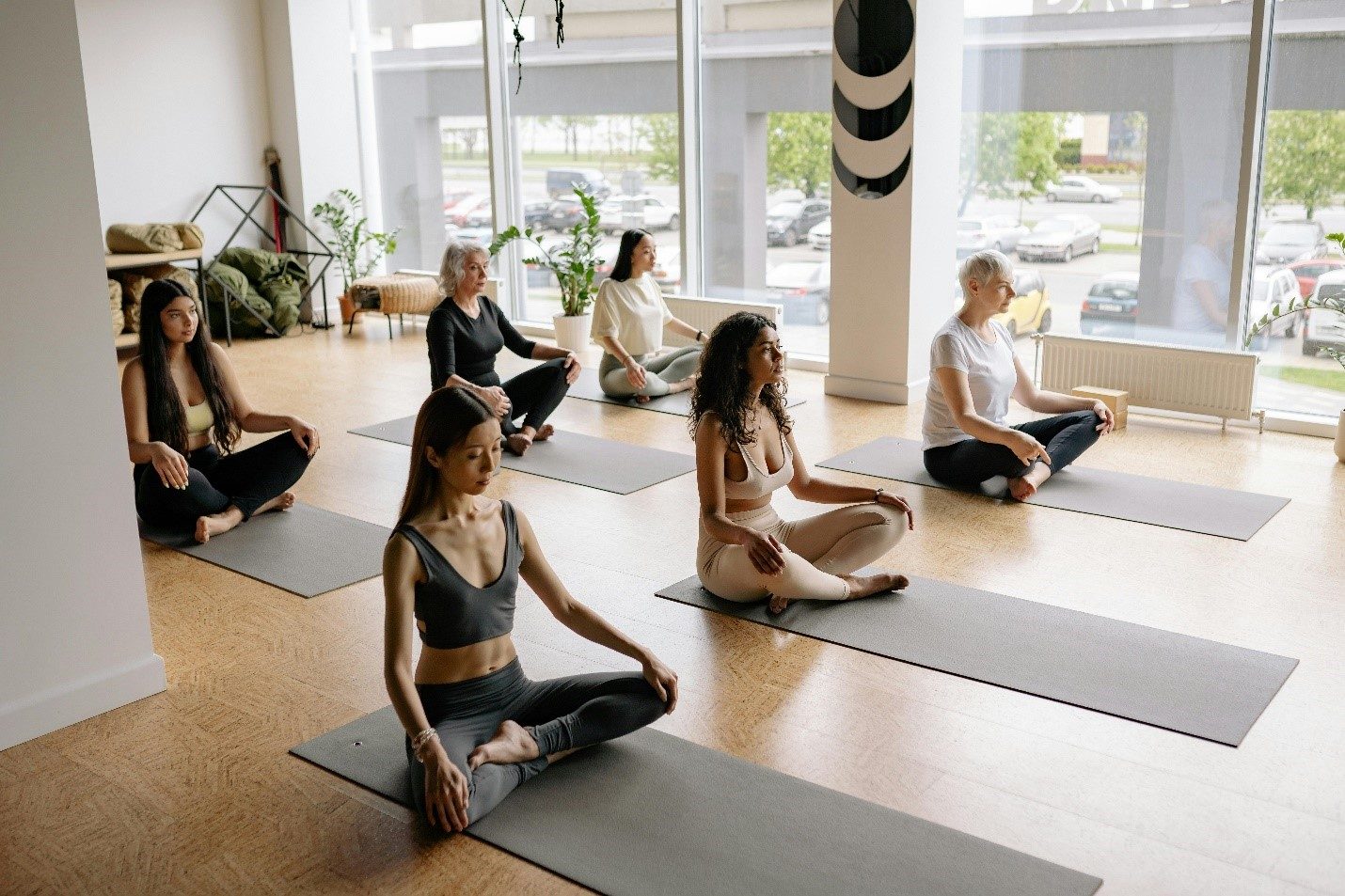


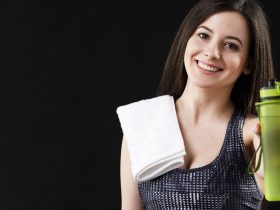


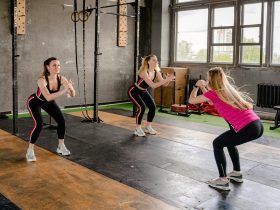
Leave a Reply